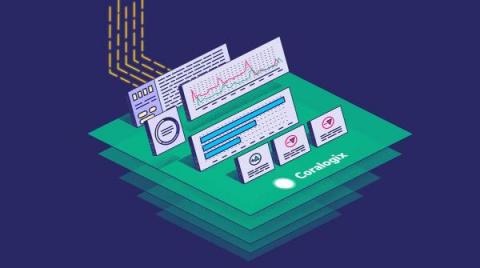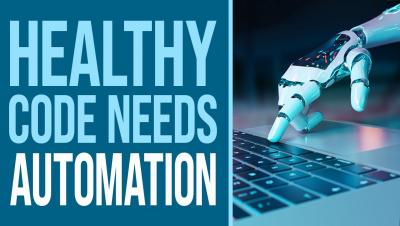Operations | Monitoring | ITSM | DevOps | Cloud
CI CD
The latest News and Information on Continuous Integration and Development, and related technologies.
Securing your CI pipeline
Improve engineering teams faster with DORA metrics
We talk with numerous teams that want to improve their engineering performance. Here, we explain how to accelerate your progress using DORA metrics — a set of key performance indicators that can help you measure and optimize your team's software development process. You'll learn practical tips on how to leverage these metrics to achieve faster and more efficient team improvement. But first, you'll need your team to see the value in DORA metrics.
This is the key to doing more with less
Optimize your CI/CD Pipeline with Coralogix Tagging
Continuous Integration/Continuous Delivery (CI/CD) has now become the de-facto standard for all engineering teams seeking to keep pace with the demands of the modern economy. At Coralogix, we operate some of the most advanced build and deploy pipelines in the world. We’ve baked that knowledge into our platform with a CI/CD Observability feature called Coralogix Tagging.











